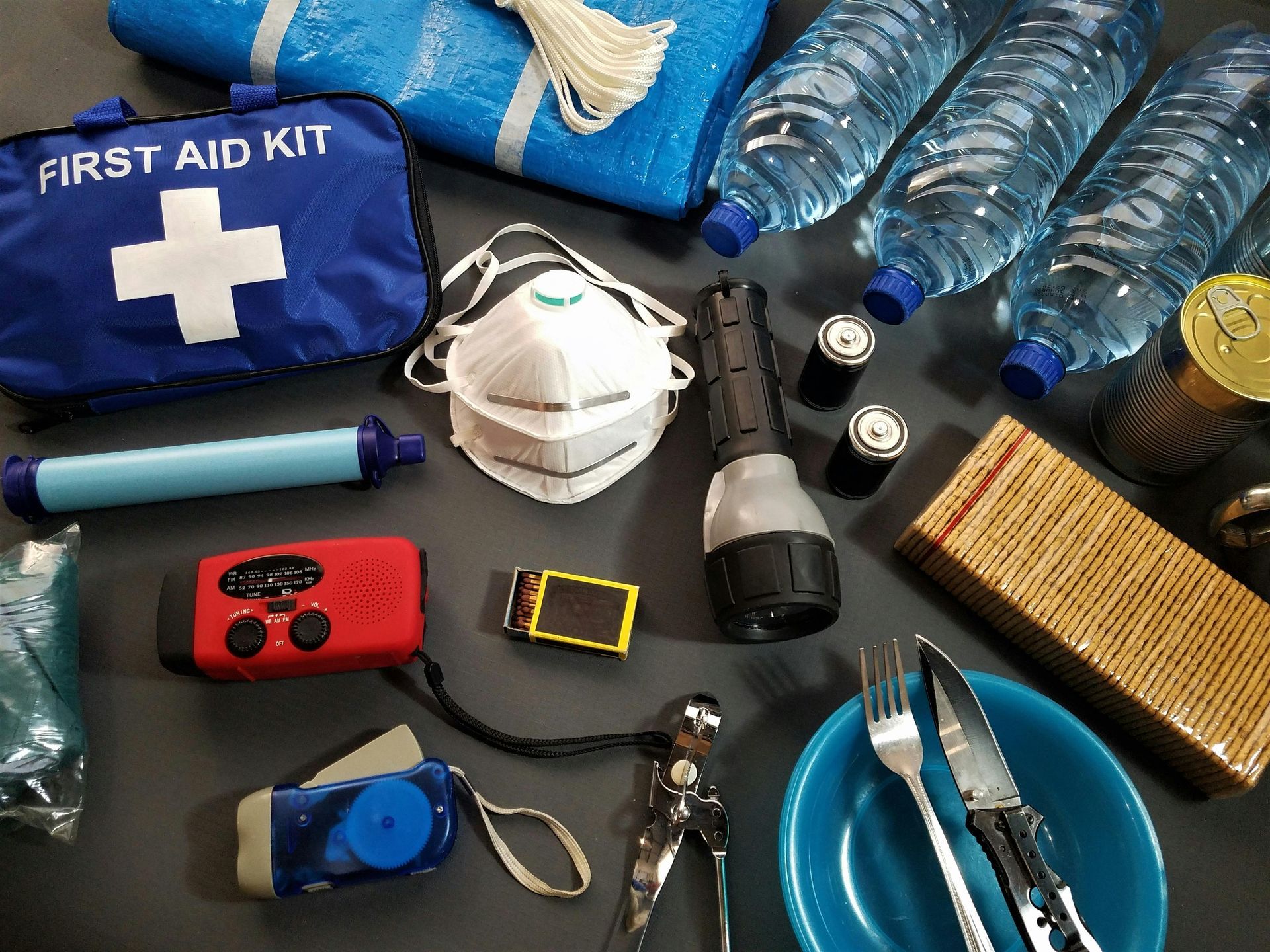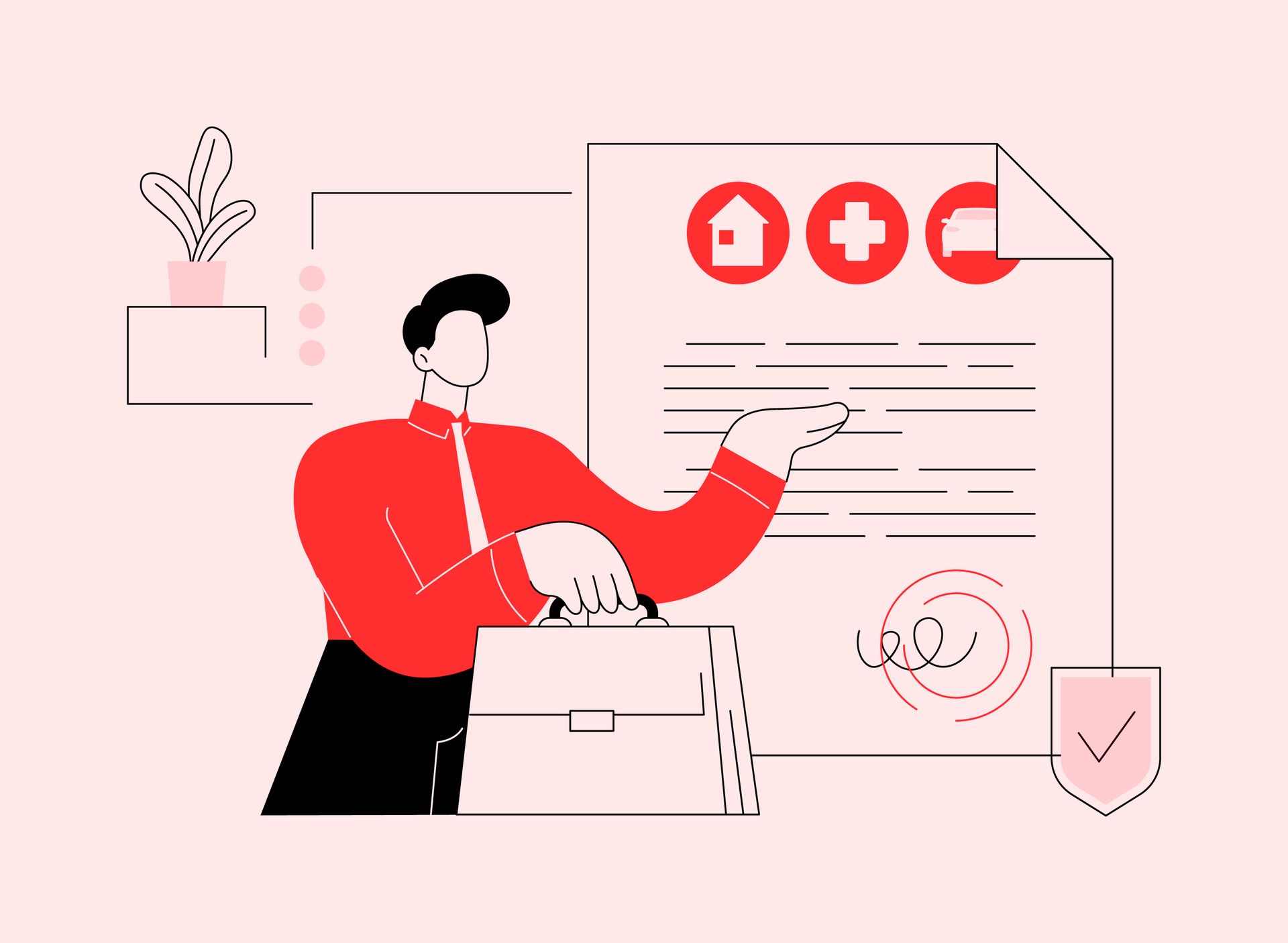A Layman's Guide to Choosing the Right Health Insurance Plan
Choosing health insurance can feel like navigating a maze of confusing terms and endless options. After helping thousands of families find the right coverage, I've learned that making an informed choice comes down to understanding a few key factors.
Understanding Your Healthcare Needs
Taking stock of your healthcare situation isn't just a preliminary step – it's the cornerstone of making a smart insurance choice that could save you thousands of dollars annually. Let me break down why each aspect matters:
Frequency of Doctor Visits
- Frequent visits (4+ times/year): Consider a plan with lower copays and a higher premium.
- Rare visits (0-1 times/year): A high-deductible plan with lower premiums might make more sense.
- Example: A healthy 30-year-old who only needs an annual checkup could save $1,200+ annually with a high-deductible plan compared to a low-deductible option.
Prescription Medications
- Regular medications: Look for plans with good prescription coverage and lower drug copays.
- No regular prescriptions: Basic prescription coverage might suffice.
- Real impact: Monthly medications can cost $300+ without proper coverage versus $15-50 with the right plan.
Planned Medical Procedures
- Upcoming surgery or procedure: Calculate total out-of-pocket costs under different plans.
- Maternity plans: If planning a family, compare maternity coverage carefully.
- Cost difference: An upcoming knee surgery could cost you $3,000 under one plan versus $8,000 under another.
Preferred Healthcare Providers
- Strong doctor preference: Check network coverage before choosing.
- Flexible about providers: More plan options may be available.
- Consider cost: Paying out-of-network for a preferred doctor can increase costs by 50-100%.
Current Health Status
- Chronic conditions: May benefit from plans with lower deductibles and copays.
- Generally healthy: Could take on more financial risk with a higher deductible.
- Example: Someone managing diabetes might save $5,000+ annually with a higher-premium, lower-deductible plan.
By carefully evaluating these factors, you're not just checking boxes – you're creating a healthcare profile that will guide you toward plans that provide the right coverage at the right price. This initial assessment helps prevent two common and costly mistakes:
- Over-insuring: Paying for coverage you're unlikely to use.
- Under-insuring: Choosing a plan that leaves you financially vulnerable.
Your healthcare needs can change from year to year, so it's important to reassess your situation during each open enrollment period. What worked last year might not be your best option this year.
Breaking Down the Basics
When comparing health insurance plans, you'll encounter many numbers and percentages, but four key figures will impact your wallet and healthcare experience the most. These numbers work together like pieces of a financial puzzle, determining both your monthly costs and what you'll pay out-of-pocket when you need medical care.
- Premium - Your monthly payment.
- Deductible - What you pay before insurance kicks in.
- Copay - Fixed amount you pay for services.
- Coinsurance - Your percentage of costs after meeting the deductible.
Don't automatically choose the plan with the lowest premium. If you need frequent care, a slightly higher premium might save you money in the long run.
Network Matters
Regarding healthcare networks, not all insurance plans give you the same access to doctors and hospitals. Understanding these differences is crucial for your care options. The three main network types represent a different balance between cost and flexibility, so choosing the right one depends heavily on your preferences for healthcare providers and your budget comfort zone.
- HMO - Limited network, requires referrals, lowest cost
- PPO - Larger network, more flexibility, higher cost
- EPO - Combination of both, middle-ground option
Check if your preferred healthcare providers are in-network before committing to a plan.
Making the Final Decision
Before making your final health insurance decision, there are several concrete steps you can take to ensure you're making a well-informed choice. These practical actions will help you move beyond the confusion of insurance jargon and focus on what truly matters - protecting your health and your finances.
Consider these practical steps:
- Calculate your worst-case scenario (premium + maximum out-of-pocket cost).
- Review the prescription drug coverage if you take medications.
- Look for extra benefits like telemedicine or wellness programs.
- Compare plans from multiple insurers.
Remember, the "perfect" plan doesn't exist, but the right plan for your needs and budget does. Focus on finding coverage that protects you from major medical expenses while keeping routine care affordable.
Don't hesitate to contact my office—we're here to help translate insurance jargon into plain English and find a plan that gives you peace of mind.










